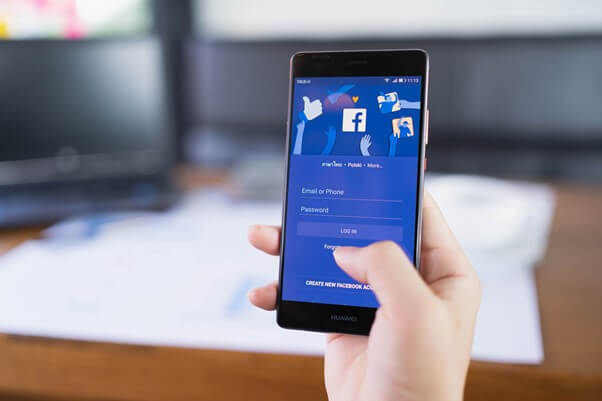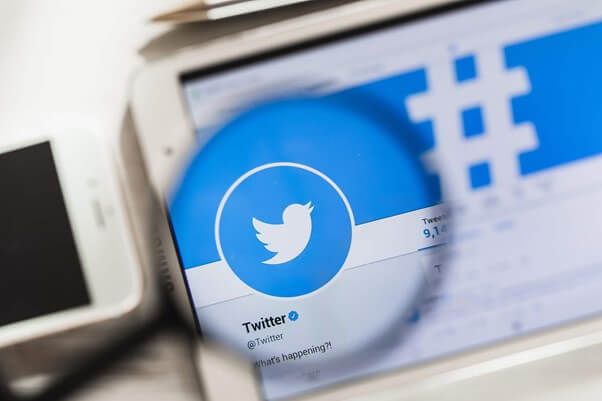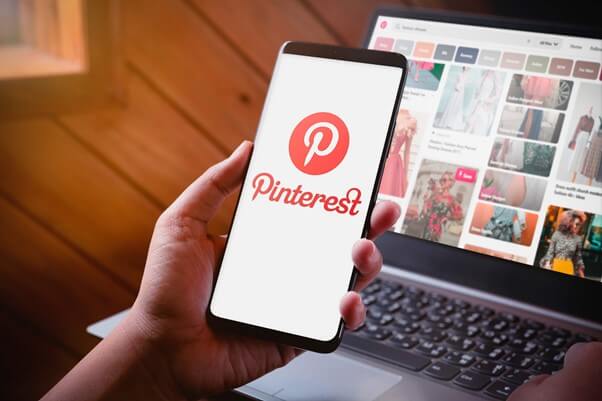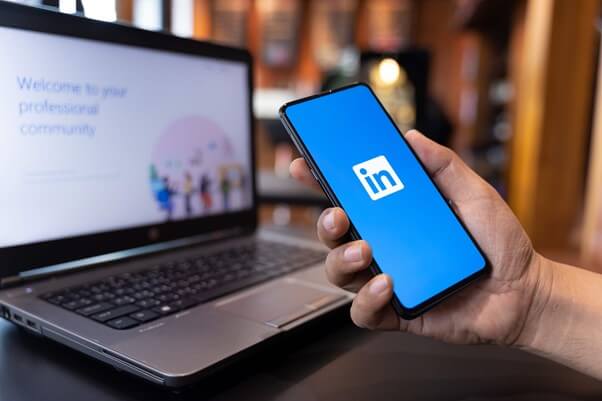Paid Social Platform Overview
As social media has a lot of information and insights about user demographics, behaviour, and interests, it boasts perfect advertising platforms both for B2B and B2C businesses. Last month, we introduced you to the pros and cons of using social media for PPC, and the differences it has with paid search advertising.
Let’s have a close look at each of the most popular social media channels and how the platforms can benefit your business growth.

Advantages of Facebook ads
Facebook is so far the best social advertising platform, with more than two billion active monthly users. The platform does not have a minimum spend, therefore enabling advertisers of all sizes to participate, regardless of their budget. If you are starting, head to Facebook Blueprint courses for detailed information.
One of the main advantages of Facebook Ads is targeting option. The platform enables advertisers to target users based on detailed demographic data regarding their age, gender, geographic area, language settings, interests, and even behaviour on the platform. While Facebook offers the most extensive reach, it can be narrowed down to micro-target your most relevant audience.
By tracking user actions, Facebook offers retargeting and lookalike audiences. This means that you can analyse useful information about user behaviour and remarket new ads to users that have interacted with your ads in the past. Lookalike audiences present you with market segments that are most likely to provide you value, for example, by downloading:
- eBooks
- Coupons
- Whitepapers
Advertisements also can include temporary offers, sitewide discounts, and free shipping offers.
Disadvantages of Facebook ads
There is a visible trend noticed by many advertisers on Facebook that organic reach is declining. Consequently, to reach users, more ad spend is required.
Those advertisers measuring their ads by clicks might be misled, as not all leads are of quality due to the Facebook algorithm that shows ads to users that are most likely to click on ads.
In comparison to paid search, Facebook advertisements require more creative work, preferably through video form or with highly captivating images.
Don’t forget to adapt your ads to be mobile-friendly too!

The advertising reach on Instagram is the largest if you are looking to market your products or services to the demographics of those aged under 35. According to Instagram’s January 2019 data, the total audience is 894.9 million users, with a 50.3% female share and 49.7% male share.
The platform is highly visual, therefore, the leading ad types are photo, video, carousel, and collection ads. The ads can be displayed either on the main Instagram feed or Instagram Stories and appear as regular posts, but with a mention of “Sponsored” at the top.
It should be noted that those collection ads do not have a headline, however, you can write up to 90 characters of text on the image. The photos and videos on Stories section can be up to two minutes long and will display between organic stories on user’s feeds.
Similarly to Facebook, Instagram has lookalike audience targeting, with its algorithm finding similar audiences that could potentially be very perceptive to your advertisements.
This is probably the only platform where you should not restrain from using hashtags, as they are your leeway to new potential followers and customers.

On Twitter, depending on your business and campaign goal, you can pay for clicks, engagement, gained followers, impressions, or click on links to open/install apps.
The Twitter user market is male-dominated, with only a 34.5% female audience. The total market size is reported to be 250.8 million users.
How does advertising work on this platform?
You can choose to either have your tweets automatically promoted by Twitter or manually set up advertising campaigns based on your advertising goals.
The tweet used for advertisement can be existing or created specifically for the marketing campaign.
To not send your potential customers towards other websites or Twitter accounts, avoid using hashtags and mentioning other users in your tweet ads.

Pinterest is an idea and image saving platform. Promoted Pins are Pinterest ads, which operate the same way as organic pins. Females dominate the audience, and the platform is used by 42% of women in the US.
There are different types of pin ads:
- Photo pins
- Video ads
- Carousel of up to five images
If a user saves your Promoted Pin to one of their Pinterest idea boards, the label “Promoted” disappears and the post stays on the site as an organic pin.
The platform serves as a step in the purchasing funnel; however, it does not always lead to an immediate sale. Seasonal trends and date-specific products or ranges have a strong influence on ad performance on Pinterest. For example, if you are retailing advent calendars, you should start running relevant promoted pins a month and a half before the Christmas period.

If your business model is B2B, then LinkedIn is an excellent solution for reaching key decision-makers at a reasonable price. Two-thirds of the audience is aged between 30 and 64, which is evenly split between men and women. It’s an audience with a higher purchasing power, as 44% of LinkedIn users earn over $75,000 per annum. LinkedIn offers different kind of campaigns, such as:
- Text ads
- Single image ads
- Carousel image ads
- Video ads
- Follower ads
- Spotlight ads
- Job ads
- Message ads
Your advertisement is displayed to a very targeted audience, segmented by geographic area, industry, company size, company name, decision-maker seniority, and age. Your target audience is distilled to the essence, enabling to reach leads of the highest quality.
Let’s imagine that your business offers videography services to public relations agencies in Leeds. You can hyper-target your ads to the senior managers of specific local PR agencies with more than 50 employees. In a business to business model, reaching the business driving decision-makers is extremely valuable and with a high potential for return on investment.
LinkedIn ads are a great way to build your brand awareness, drive engagement and visits to your website, as well as generate leads and therefore conversions.
Besides, similarly to Google email ads, you can use Sponsored InMail feature, the platform’s email marketing. Users only receive sponsored mail while they are active on LinkedIn to maximise the open rate.